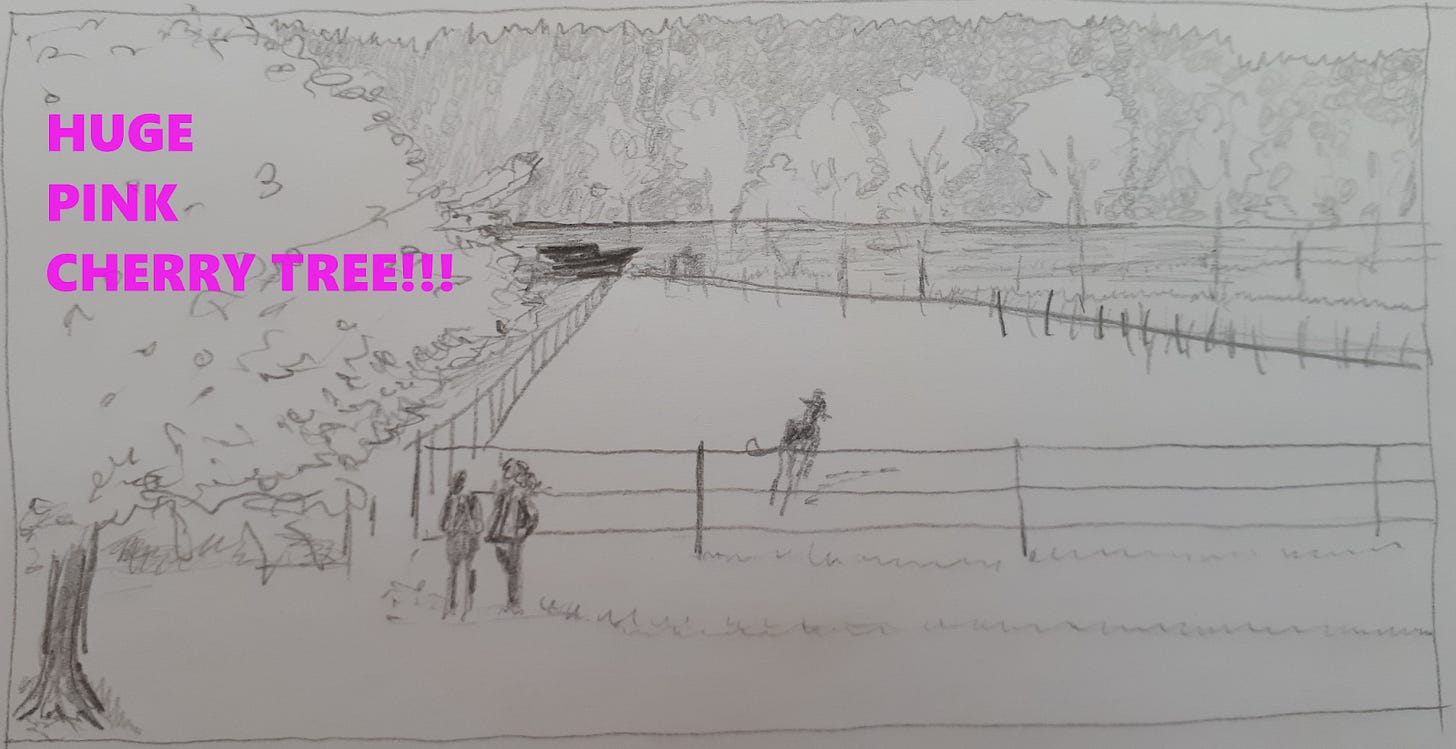It’s a very rare thing for a screenplay to openly tell you what one of its literary devices means in an unambiguous line of dialogue.
The script of ‘Young Royals’ does exactly that in a line of dialogue in which it basically deciphers all the ‘horse’ symbolism on the show for its viewers: A character tells us directly to our faces what the horse means in one such succinct line – well, sort of…
Before we get to that line, though, we have to understand, question and scrutinize the most fundamental writing decision that the writers of this show ever made:
Why does Simon have a sister?
I know this might seem like it’s coming out of nowhere, but remember what we have established on this little blog: In film analysis, it’s very important to ask the question why and why not? (Why this prop? Why not a different one? Why this filming location? Why not somewhere else? etc.)
Now, while metaphors are fairly easy to detect this way – you simply question objects or places or plants or the weather and can grope around for their symbolic meaning in this way – it’s much more difficult to even just think of a character in such a manner.
Characters just seem so lifelike to us. They seem to act like real people. They have faces we like or dislike. They make us laugh, cry, adore them, hate them or feel for them. It’s tempting to think of the characters in a movie or TV show as unalterable, as naturally-conceived human beings. When a family is shown on screen, for example, then it must have always consisted of these exact family members, we think, because they all seem so real and their depicted relationships with each other seem so cut and dried.
We cannot fathom the idea that originally they were all just a few words on a page – just like every prop, plant or piece of furniture in the story. They’re not real! You can take away a character and try to imagine the show without him or her. Most likely, the writers actually had other characters in mind when they first started to conceive of their script – characters that they disposed of in later drafts. Perhaps other (separate) characters got merged into just one, and perhaps there were even characters that popped up out of the blue at a later stage of the writing process.
Try to think of characters in the same way you do of anything else in a script. As much as you might sympathize with some of them and despise others, as much as you might have fallen in love with one of them or love to hate another, try to remember that all of them sprung from some writer’s mind and onto a page, and perhaps some of them only made the cut pretty narrowly while others ended up on the chopping block and never appeared in the finished version of the film or show you’re watching at all.
So, I’m going to ask the same question again – the most important question for understanding the most fundamental writing decision ever made by the writers of this show:
Why does Simon have a sister?
Why not a brother? Why not five brothers? Why isn’t he an only child, for that matter?
Why does he have a sibling? And why is this sibling specifically a sister? What do we need Sara for?
In the text below, we will discuss this most fundamental writing decision ever made by the writers of this show – a decision that was probably made right at the start of their creative process.
We will also have to talk quite a bit about political philosophy, and here specifically about Jean-Jacques Rousseau’s ‘Contrat social’, if we want to understand what this show is all about and where it’s ultimately headed.
I know I said that Madison is the most important character on the show, but she’s important for understanding Simon’s backstory, i.e. that other storyline that runs below the surface of the text throughout the entire two seasons we have seen so far and that the show only tells us about in its subtext.
The most important character for understanding the core problem of the story, however, is that horse: Rousseau!
Rousseau is what this show is actually all about.
We will also try our hand at a little shot analysis again (we haven’t done that in a while!), and I will tell you why it’s fundamentally wrong to assume a huge pink cherry tree would just pop up in a frame by accident:
We will examine this shot with Sara and Felice from episode six of season two in detail and see what a masterpiece of cinematography it actually is and how purposefully, deliberately and strategically the creators of this show used that blossoming tree in it when they painstakingly created this shot symbolic layer by symbolic layer.
I will also tell you about that funny little question that’s been playing on my mind for ages: Did Lisa Ambjörn originally have a different death in mind for Erik in the first drafts of her script – one in which he would have been thrown off a horse and trampled to death?
But enough of the teasing now. I can see you’re all chomping at the bit and waiting for me to get back in the saddle.
Please follow me below the cut (or should I say behind the stable gates?) and all shall be revealed…





